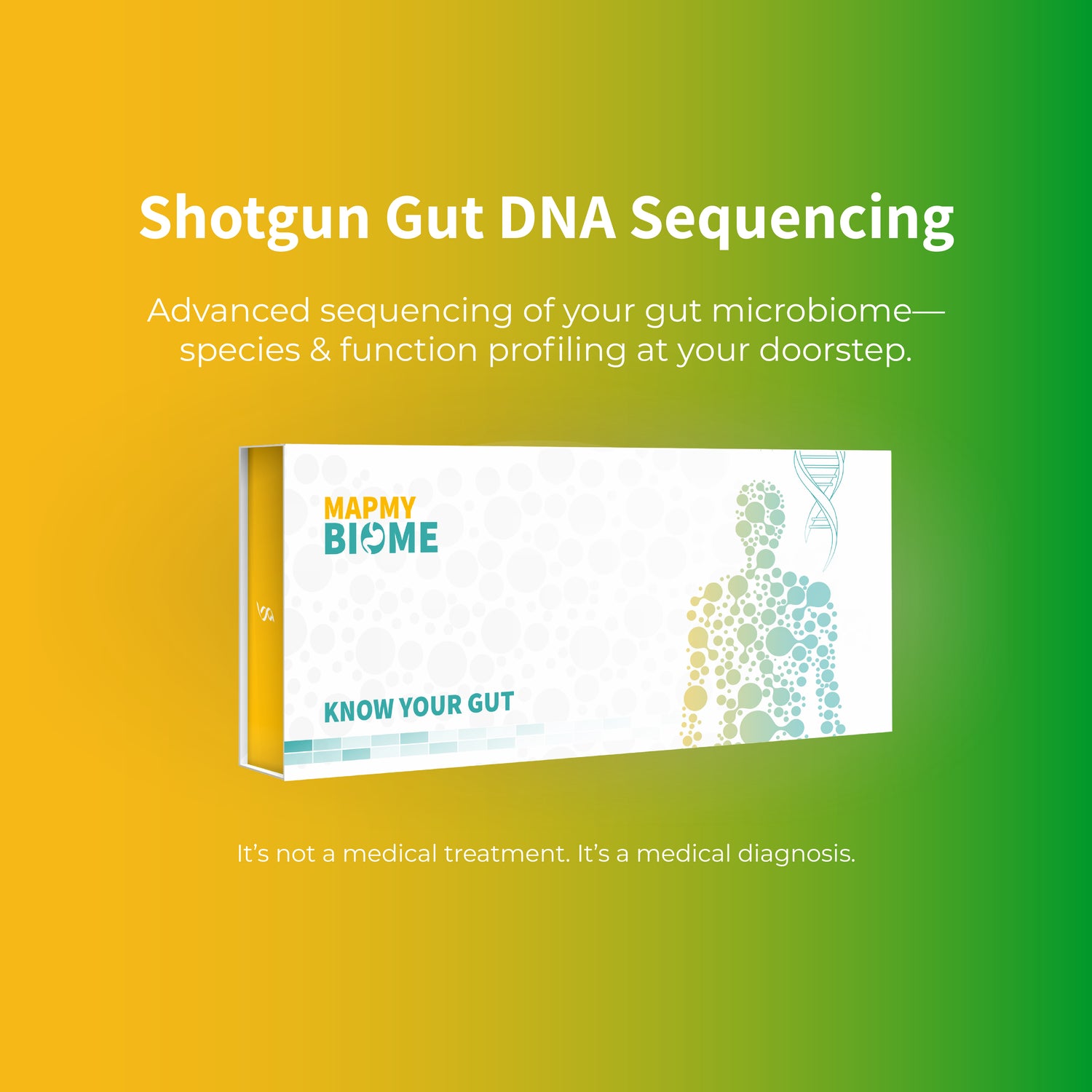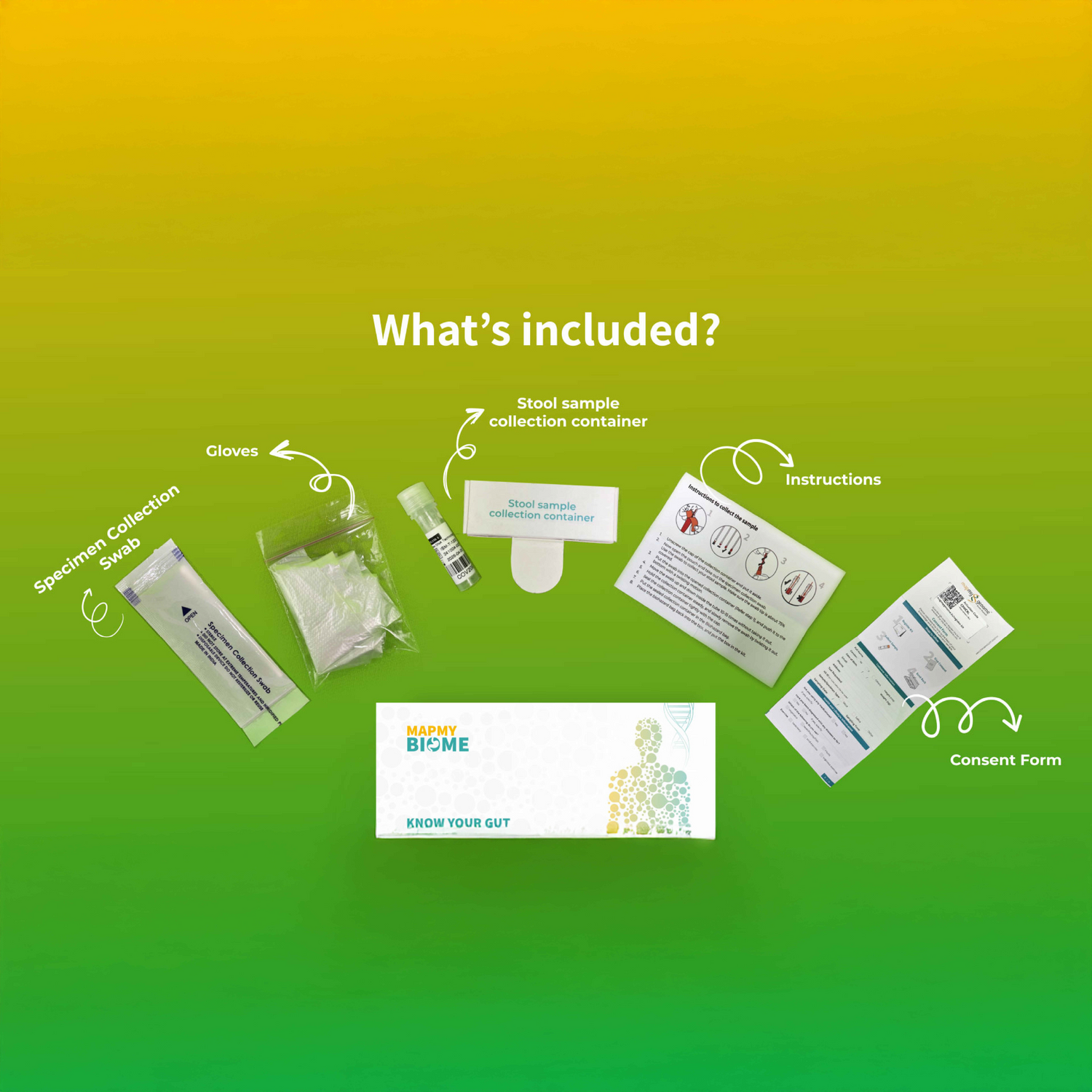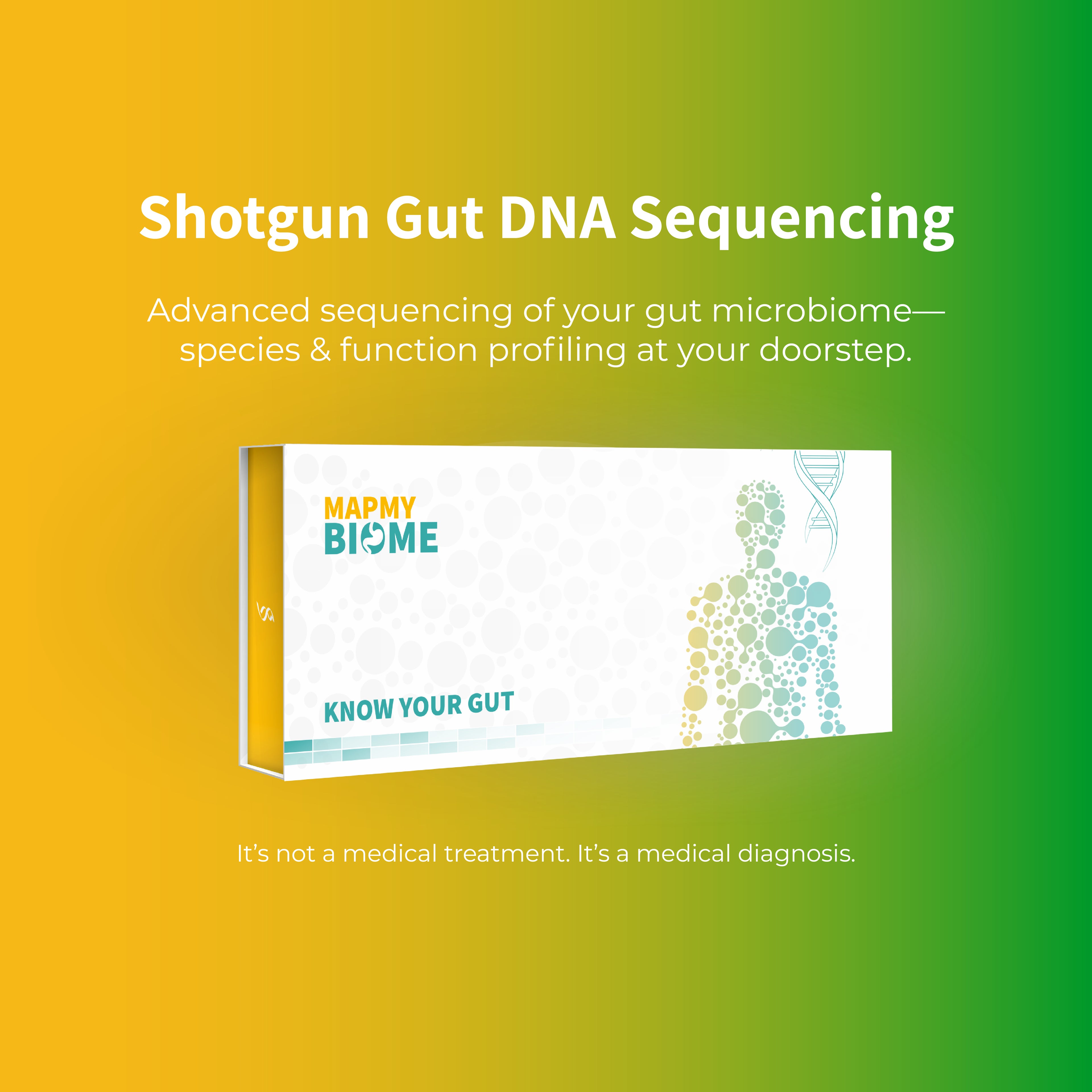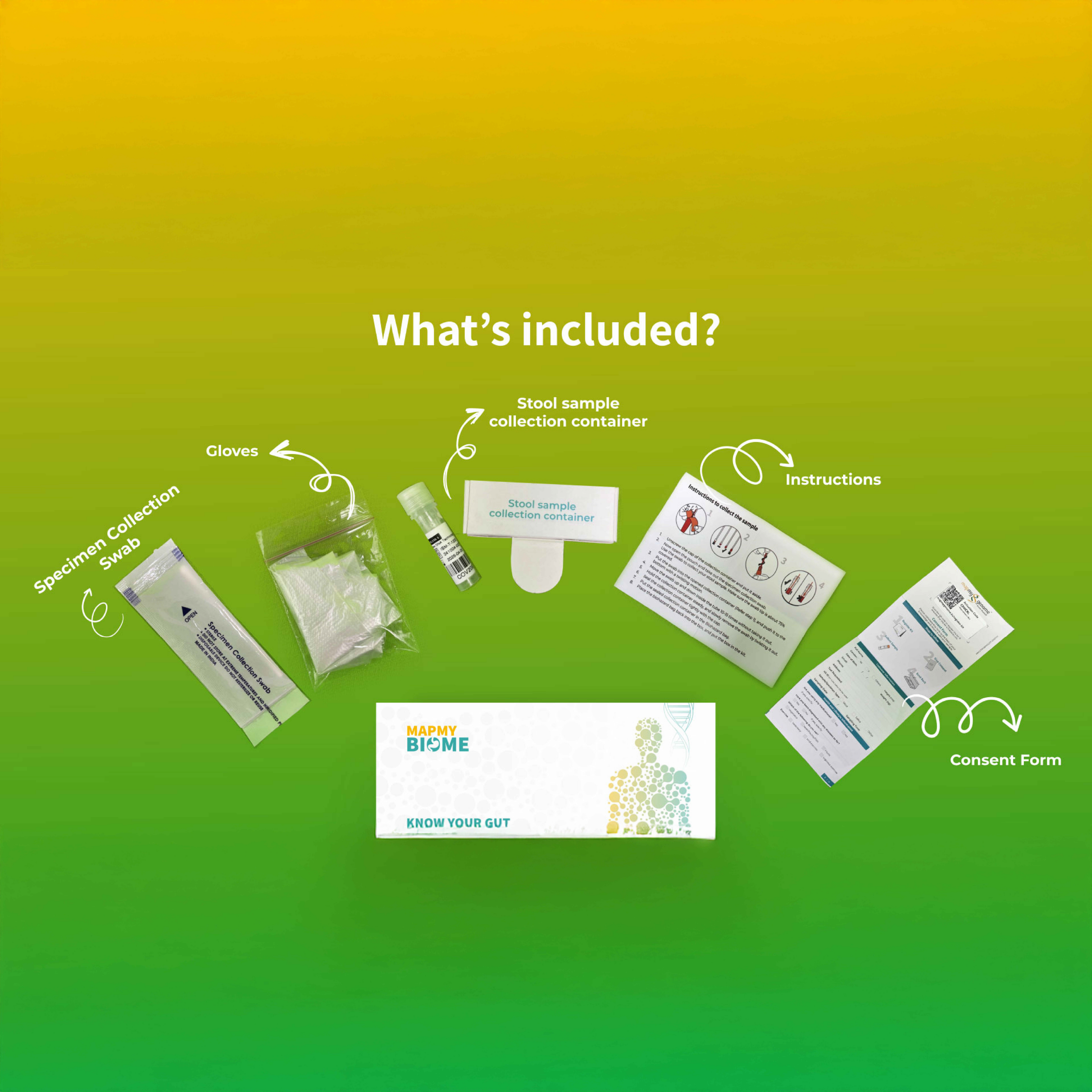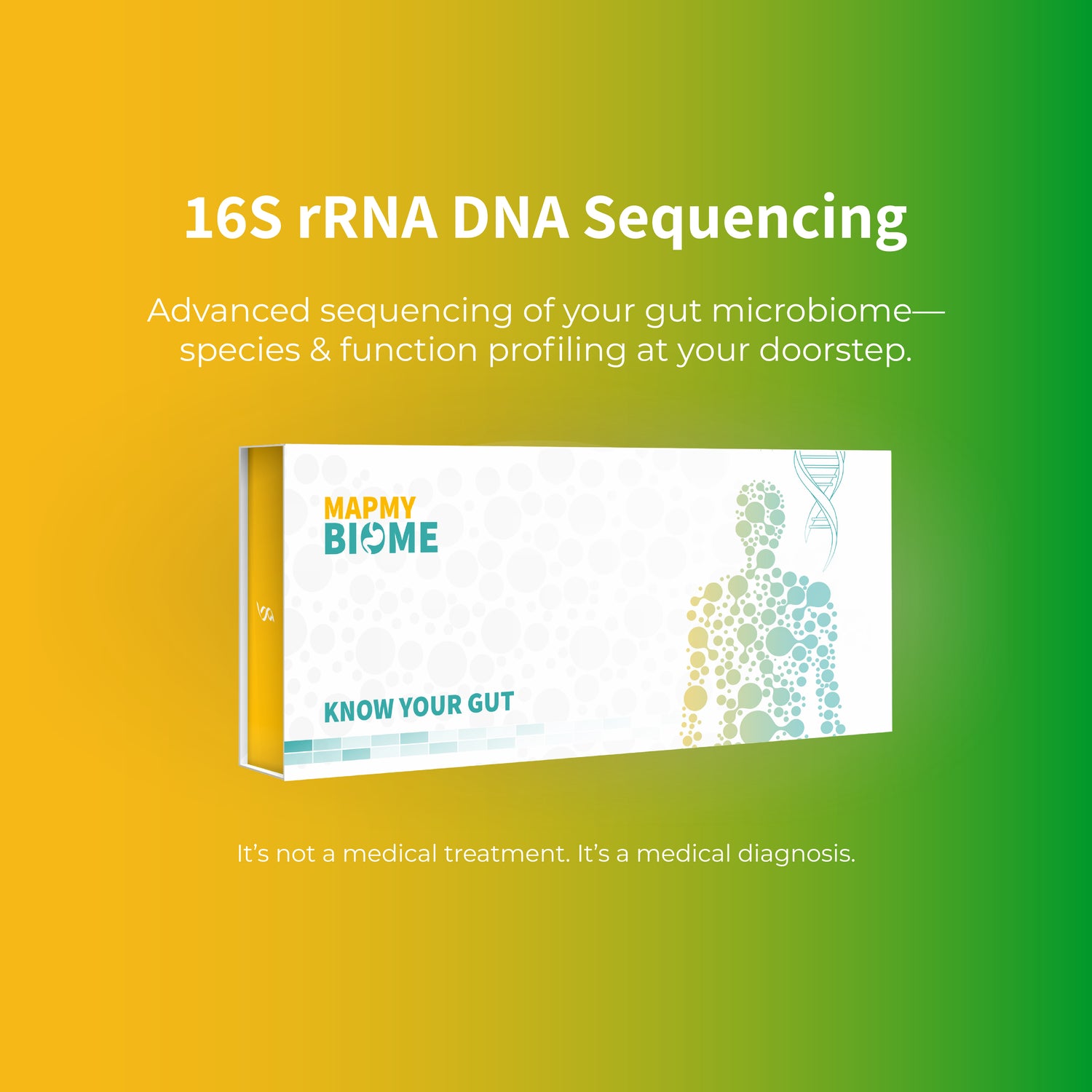The gut microbiome is not just a passive passenger in our bodies — it plays an active role in guiding development, metabolism, and immunity. Nowhere is this more evident than in early life, when microbial colonization and maturation unfold rapidly. According to Nunez et al. (2025), the establishment and trajectory of the gut ecosystem in infancy and early childhood act as determinants of long-term health, influencing physiological, metabolic, and immune pathways.
In this article, we explore:
-
How the gut microbiota develops in early life
-
Key factors that influence it
-
Links between early-life microbial states and childhood or lifelong disease risk
-
Challenges in research and what it means for intervention
1. Microbial Maturation in Early Life
1.1 The First 1,000 Days as a Critical Window
The period from birth through roughly age 2–3 (often extended to age 6 in some models) is considered a critical window — a time during which the gut microbiome undergoes rapid change and is particularly sensitive to environmental inputs.
-
Initially, infants are colonized by facultative anaerobes (oxygen-tolerant bacteria), which prepare the gut environment for strict anaerobes to thrive.
-
By ~6 months, Bifidobacterium often dominates (especially in breastfed infants), helping digest human milk oligosaccharides (HMOs) and shaping immune crosstalk.
-
As solid foods are introduced, the microbiome shifts: increased representation from Firmicutes, Bacteroidota (formerly Bacteroidetes), and other taxa.
-
Over time, species richness and functional capacity increase, converging toward a more stable “adult-like” composition.
One recent study found that across diverse populations, certain taxonomic patterns are remarkably consistent: a decline in Bifidobacterium spp., and increases in Faecalibacterium prausnitzii and members of Lachnospiraceae, which track with dietary transitions.

Microbiome maturation in the first 1000 days.
2. Determinants of Early Microbiome Development
Infant microbiome trajectories are shaped by a constellation of factors, which can either support or derail “healthy” microbial maturation. The major influencers include:
Mode of Birth
-
Vaginal delivery typically seeds infants with maternal vaginal and gut microbes, leading to earlier colonization by Lactobacillus, Bifidobacterium, and other beneficial taxa.
-
Cesarean section (C-section) is associated with reduced early diversity, delayed colonization of key anaerobes, and potentially lingering microbial signatures that deviate from vaginal-born infants.
Feeding Practices
-
Breastfeeding / breast milk HMOs support Bifidobacterium dominance and foster beneficial microbial metabolites (e.g. short-chain fatty acids).
-
Formula feeding or early introduction of solid foods tend to accelerate community diversification but may also allow for opportunistic taxa
Antibiotic Exposure & Medications
-
Use of antibiotics (prenatal, perinatal, or postnatal) disrupts microbial balance, reduces diversity, and may suppress beneficial microbes.
-
These perturbations during early life are of particular concern because the ecosystem is more fragile and less resilient.
Maternal & Prenatal Influences
-
Maternal diet, microbiome, health status (e.g., gestational diabetes), and even microbiome transplants (vertical transfer) influence neonatal colonization.
-
There is some emerging evidence for in utero microbial exposures, though debate continues over whether colonization truly begins pre-birth.
Environmental & Lifestyle Factors
-
Early-life stress, sanitation, siblings, pets, infections, geographical location, and diet diversity all modulate microbiome development.

Important factors affecting microbiome abundance and richness at the early stage of life.
3. Links to Childhood Health & Chronic Conditions
Because the early-life microbiome helps “train” the immune system, shape metabolism, and regulate barrier integrity, deviations in its development may predispose to disease. Nunez et al. and related reviews synthesize these links.
3.1 Immune and Allergic Diseases
-
Early microbial imbalance (dysbiosis) has been associated with increased risk of allergic diseases such as eczema, asthma, and allergic rhinitis.
-
Perturbations in early microbiomes may disrupt the generation of regulatory T cells, innate immune maturation, and barrier function, making the infant more reactive to allergens.
-
Some mediation analyses suggest that maternal antibiotic use can influence childhood allergy via changes in the infant’s microbiome.
3.2 Metabolic Disease & Obesity
-
Early-life microbiome patterns have been linked to later obesity risk, insulin sensitivity, and metabolic dysregulation.
-
For example, imbalances in taxa involved in energy harvest, SCFA production, and gut barrier integrity may alter metabolic setpoints.
3.3 Type 1 Diabetes, Autoimmunity, and Inflammatory Diseases
-
Some studies implicate early microbiome differences in children who later develop type 1 diabetes (T1D), celiac disease, or other autoimmune conditions.
-
Dysregulated microbial–immune cross-talk could knock the immune tolerance balance off course.
3.4 Neurodevelopment & Behavioral Outcomes
-
The gut–brain axis is increasingly recognized. Early microbial changes may influence neurodevelopment, behavior, and even the risk of conditions like ADHD or autism.
-
Microbial metabolites (e.g., short-chain fatty acids, tryptophan metabolites) may modulate neural signaling and inflammation in the developing brain.
3.5 Lifelong Health Trajectories
-
Because the microbiome sets a baseline immunometabolic tone, early perturbations may cast long shadows into adulthood — raising risks for cardiovascular disease, chronic inflammation, and degenerative diseases.
-
In essence, early-life microbiome health can be thought of as part of the developmental origins of health and disease (DOHaD) model

4. Intervention & Modulation: What Can We Do?
Given the power of early-life microbiome programming, researchers and clinicians are investigating strategies to steer development toward healthier states.
Probiotics, Prebiotics & Synbiotics
-
Supplementation with specific microbial strains (e.g., Bifidobacterium, Lactobacillus) or prebiotic substrates can support beneficial taxa. Some trials show promise in reducing eczema or atopic outcomes.
-
But results are mixed — efficacy may depend on timing, dosing, and baseline microbiota.
Optimizing Delivery & Feeding
-
Advocating vaginal delivery when safe, avoiding unnecessary C-sections.
-
Promoting exclusive breastfeeding (or donor milk when needed) during the first 4–6 months.
-
Gradual introduction of diverse fiber-rich complementary foods to foster microbial richness.
Judicious Use of Antibiotics & Medications
-
Avoiding unnecessary antibiotic use in pregnancy, labor, or early infancy.
-
When use is unavoidable, consider targeted or narrow-spectrum choices, or co-administration of protective microbial support.
Maternal and Prenatal Interventions
-
Supporting maternal diet, microbiome health, and metabolic health during pregnancy.
-
Potential maternal probiotic or prebiotic regimens to “seed” beneficial microbiomes in utero or at birth.
Long-Term Monitoring & Personalized Strategy
-
Longitudinal microbiome profiling to track how interventions shift microbial ecology.
-
Personalization: some infants may need bespoke support based on risk factors (C-section, prematurity, family history).
5. Key Takeaways for Clinicians, Researchers & Wellness Practitioners
-
Early life is a foundational window: The gut microbiome matures rapidly in infancy and early childhood, setting the stage for lifelong health.
-
Prioritize microbial “friendliness”: Mode of birth, feeding, antibiotic exposure, and maternal health all influence microbial trajectories.
-
Intervene thoughtfully: Probiotics/prebiotics, tailored nutrition, and minimizing unnecessary disruptions offer potential but must be evidence-based.
-
Measure over time: A single snapshot is insufficient — longitudinal tracking reveals trends, resilience, and response to changes.
-
Stay cautious with conclusions: Given limitations in current science, avoid overinterpreting microbiome results; integrate them with clinical context.
References:
PubMed+2ResearchGate+2
ResearchGate+2Taylor & Francis Online+2



